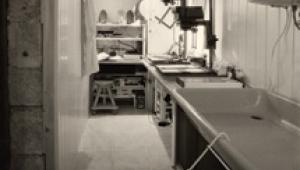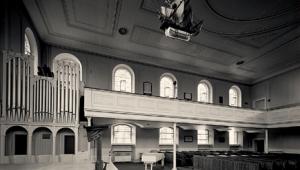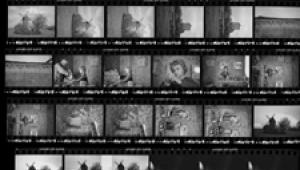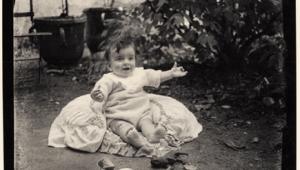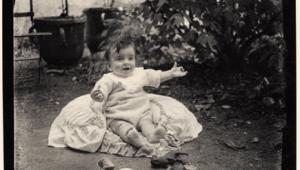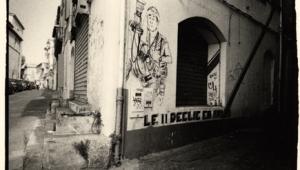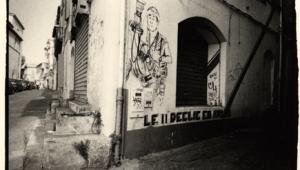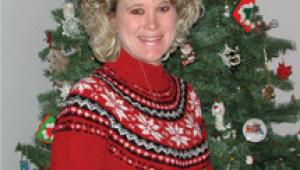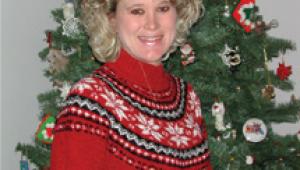The Darkroom
Planning A Perfect Darkroom
A good darkroom is a joy
to work in. A bad darkroom can be so inconvenient and uncomfortable
that you find excuses not to use it, and at its worst, it can even endanger
your health. |
|||
Space Efficiency |
|||
Other Necessities What's Wrong With
The Old One? Manufacturers/Distributors Freestyle Photographic Supplies
(Meopta) TruTrak Imaging (DeVere) |



